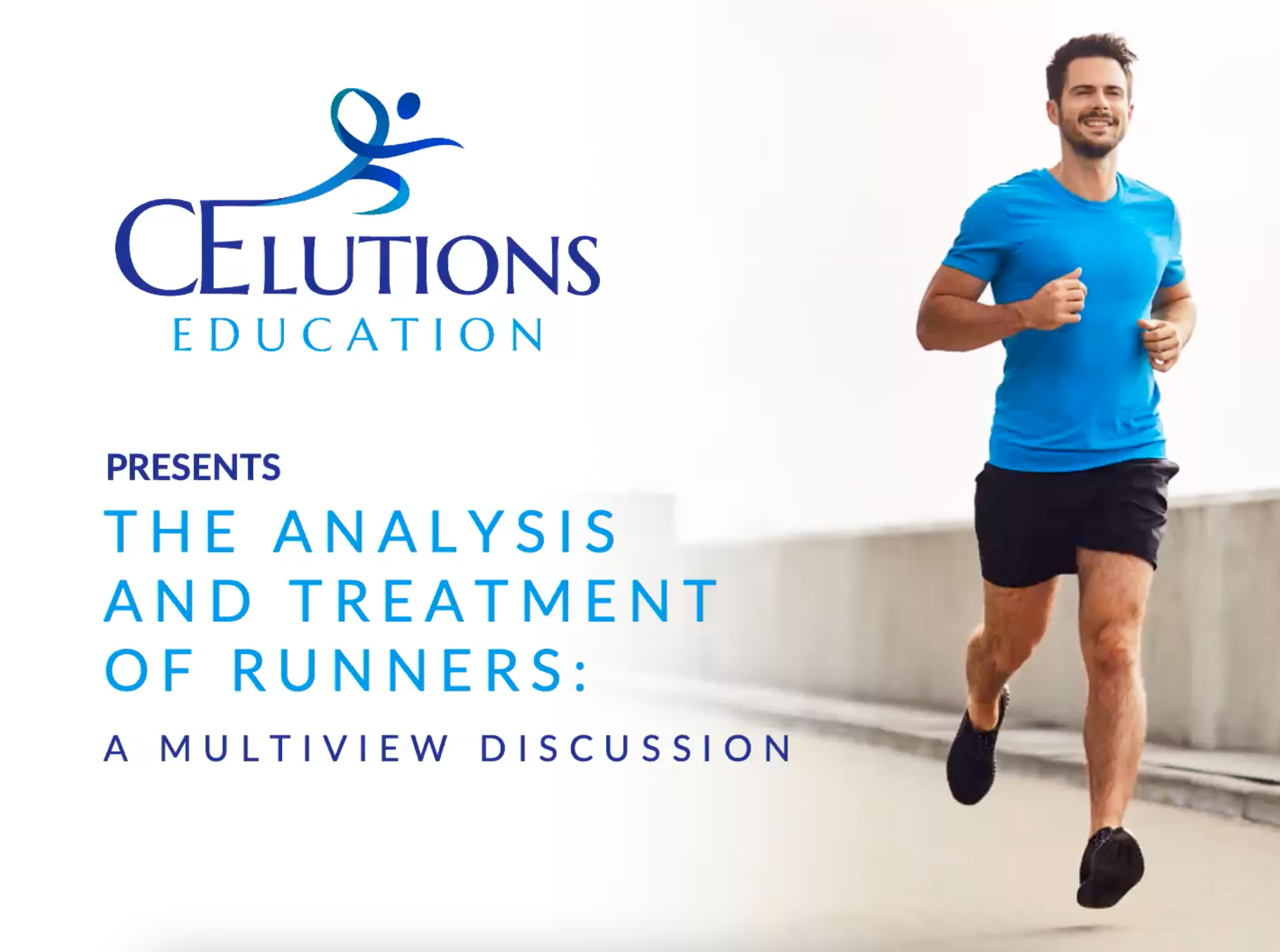Don’t Run Your Mouth: Communication Converts Runners
Oct 09, 2023
Physical therapy school is full of useful content such as anatomy, kinesiology, differential diagnosis, and much more. The information learned in school is vital to being a good physical therapist. What is not included in the curriculum is how to effectively communicate with patients. Many people seek physical therapists to improve physical limitations, but it’s essential for PTs to educate patients on how to achieve the best clinical outcomes. For patients who run, reaching their goals often includes a running gait analysis. The problem is that many runners don’t know if they need a gait analysis. Therefore, it’s important to communicate with runners to educate them on whether a gait analysis is beneficial to their plan of care. Here are several talking points to educate runners on the benefits of running gait analysis.
Listen To Runners Before Speaking
Sir William Osler, a 19th century physician and chair of Clinical Medicine at the University of Pennsylvania, once said, “Listen to your patient, he is telling you the diagnosis.” This holds true in every patient evaluation and interaction. It is vital for clinicians to listen to their runners' symptoms, presentation and goals in order to construct a beneficial plan of care. Athletes having pain with running, aiming to reduce risk for injury or improve running economy may be good candidates for a running gait analysis. However, each clinician must use their clinical reasoning to decide whether a running gait analysis will be indicated for each athlete. If the patient is a candidate for a running gait analysis, the practitioner should educate the patient on how a gait analysis will help reach their goals.
Break It Down For Runners
It is easy to become jaded with knowledge and forget that many consumers don’t understand gait analysis terms like heel strike, excessive knee flexion and pelvic drop. However, patients who are considering a running gait analysis want to understand how the analysis works in layman’s terms. This is a great opportunity for the running specialist to practice answering the question, “what is included in a running gait analysis?”. Talking point should include:
- The gait analysis set-up and videoing process
- “First we have you run on the treadmill and video you in slow motion from the side and back. We also put specialized markers on your foot, legs and body to identify the moving parts of your body during the analysis.”
- A description of your analysis
- “Once your videos are captured we analyze your slow motion running in real time by identifying and measuring how much movement takes place at your foot, ankle, knee, hip and trunk. This is when we will identify specific correct or incorrect gait patterns such as heel, midfoot and forefoot strike.”
- The deliverables the runner receives
- “After your analysis is complete we may or may not perform other tests such as muscle strength, range of motion assessments or special tests. At this point we will discuss a plan to correct your running including specific corrective exercises, form changes, and footwear recommendations. You will also receive a written report of your analysis along with the videos of you running.”
Practice analyzing running gait with our running experts:
Genuine Conversations Convert Runners
Running experts should remember that the aim of the conversation with runners is not to sell them a running gait analysis. While this might be a beneficial side effect, our goal as healthcare practitioners is to give patients the resources, tools and information to be able to improve their health. Therefore, it’s critical to have a genuine conversation with runners looking for a running gait analysis as to whether a gait analysis would improve their outcomes. Make sure to answer any questions the runner may have and if warranted discuss the pros and cons to a running gait analysis. Continued talking points:
- Answer questions
- “What questions do you have about the running gait analysis? Do you think this would be something helpful to you?
- Schedule the running gait analysis
- If the runner is interested in scheduling a running gait analysis, running experts have a choice to either schedule them personally or walk the runner to their scheduler to make sure they can immediately book the time/day that works best for them.
- “It looks like I have time on XXX day at XXX time, would that work for you? Great! I am going to have my office admin Tyler work with you right now to make sure you can get that time before anyone else takes it.”
PTs Are Sitting On A Running Gold Mine
Many PTs see patients that run, which makes it easy to find candidates for a running gait analysis. Since the clinician already has rapport and trust with the patient, this is the easiest group to discuss the benefits of a gait analysis. Many patients don’t understand what a running gait analysis is or how they could benefit from one. Therefore, running experts should discuss with patients if a running gait analysis would be beneficial to their treatment outcomes. Many patients will be glad they got a gait analysis when they see the improvements in their running.
How To Become More Confident In Approaching Running Gait Analysis Candidates?
Performing a running gait analysis can be intimidating for many clinicians. Approaching patients to suggest participating in a gait analysis can also be very nerve racking . If you are interested in learning more about providing a running gait analysis and how to talk with runners check out our continuing education course “The Essentials of Running Gait Analysis”. In this course you will learn how to analyze running gait and become a running expert, filling your practice with runners. If you have questions about this content or the course feel free to reach out to us to discuss and we will personally respond to your questions.
Listen to the podcast!
If you haven’t done so already grab the “Running Shoe Reference Guide” and get your runners in the right shoes.

